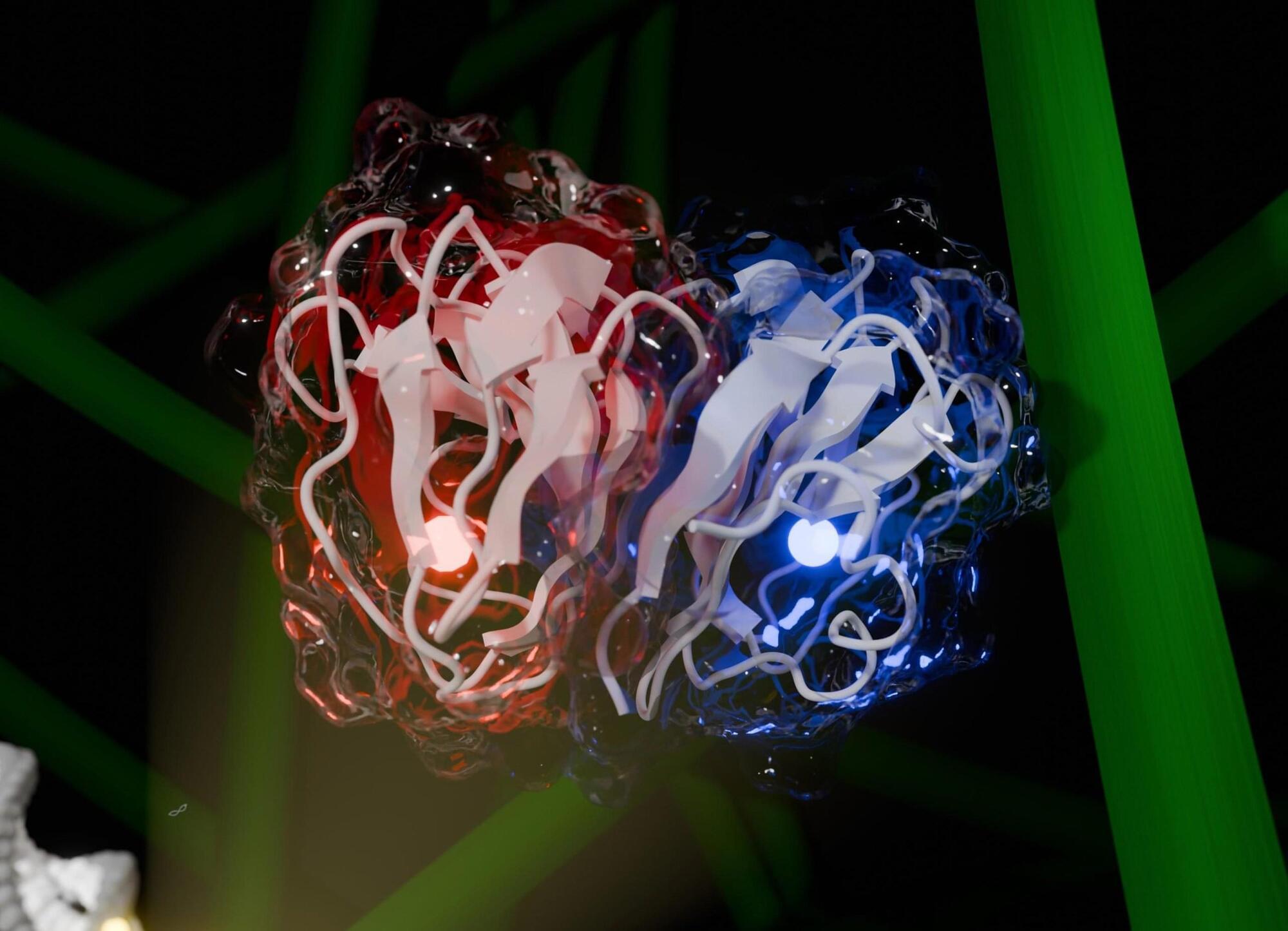An SMU-led research team has developed a more cost-effective, energy-efficient material called high-entropy oxide (HEO) nanoribbons that can resist heat, corrosion and other harsh conditions better than current materials.
These HEO nanoribbons— featured in the journal Science —can be especially useful in fields like aerospace, energy, and electronics, where materials need to perform well in extreme conditions.
And unlike high entropy materials that have been created in the past, the nanoribbons that SMU’s Amin Salehi-Khojin and his team developed can be 3D-printed or spray-coated at room temperature for manufacturing components or coating surfaces. This makes them more energy-efficient and cost-effective than traditional high-entropy materials, which typically exist as bulk structures and require high-temperature casting.







